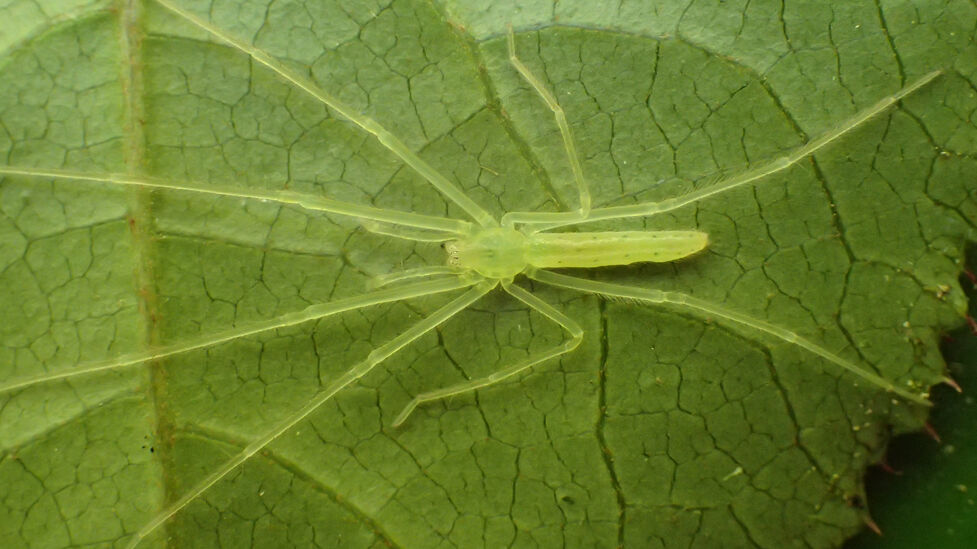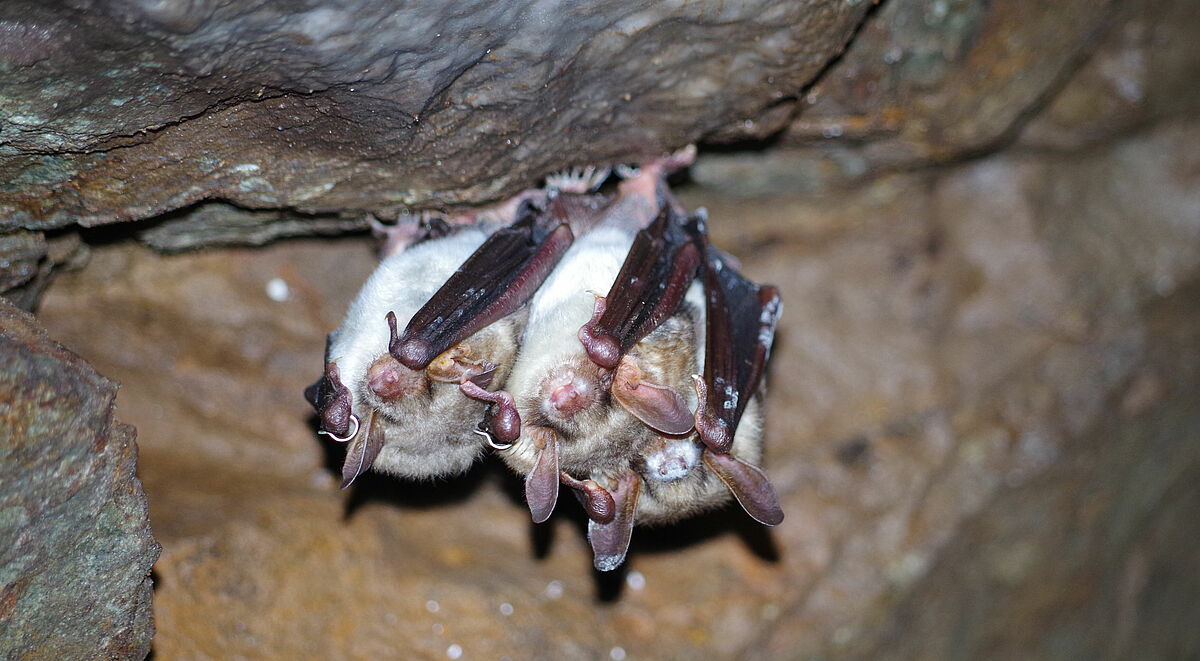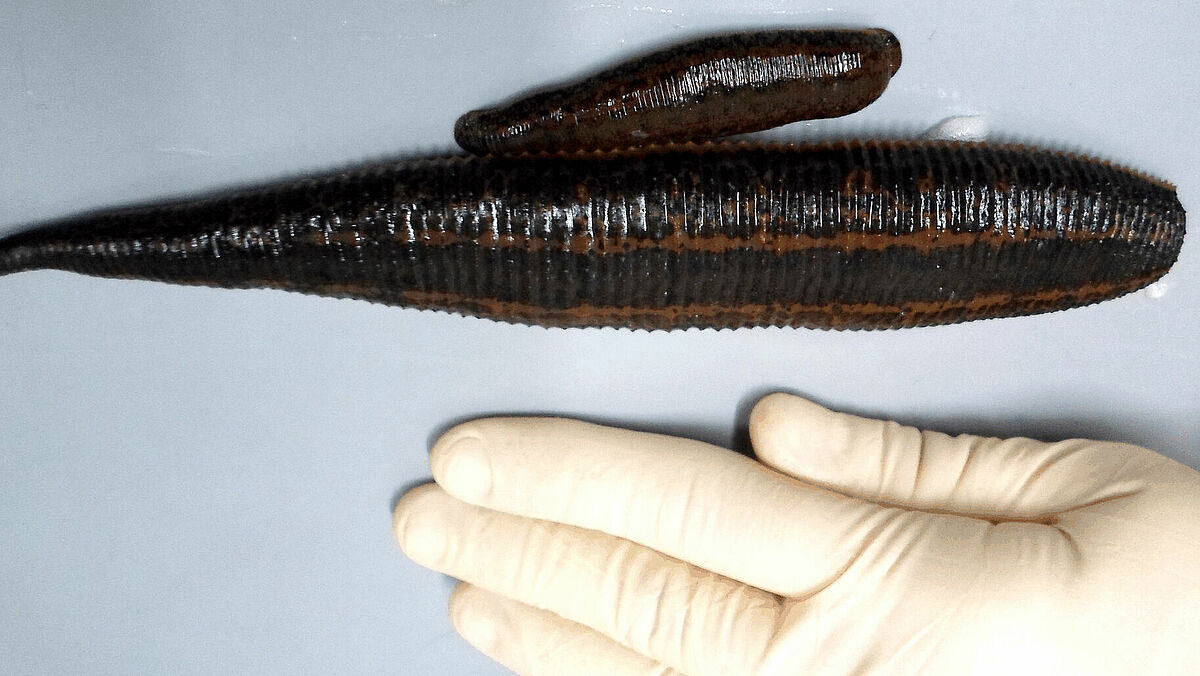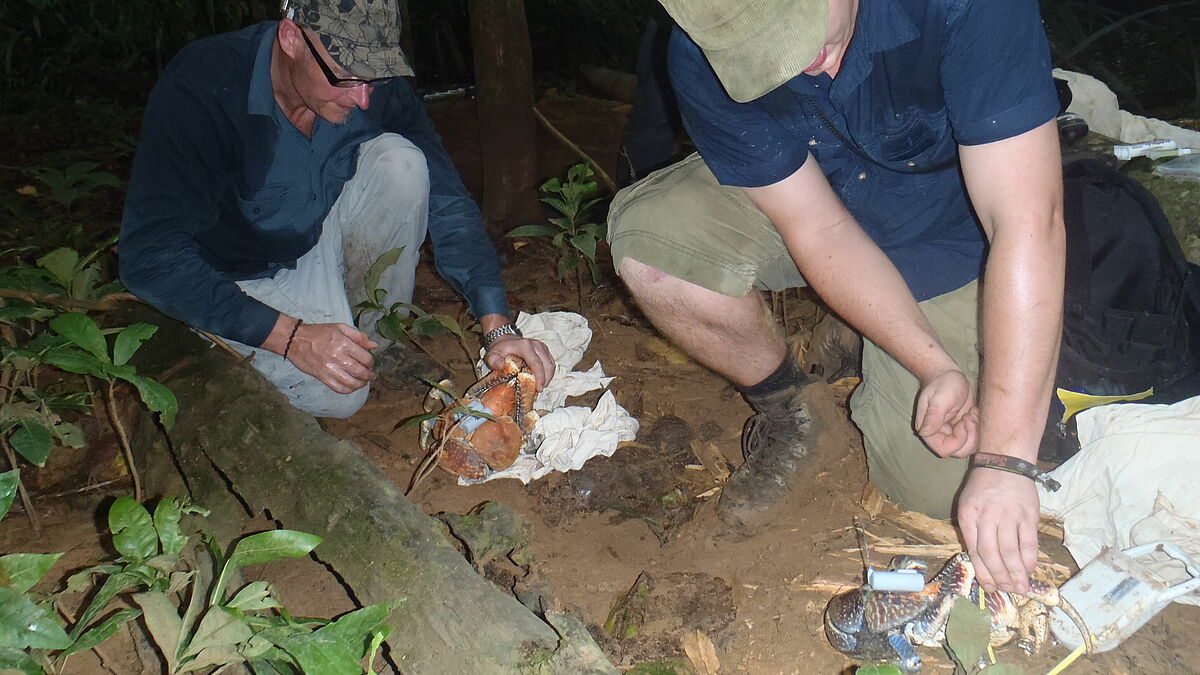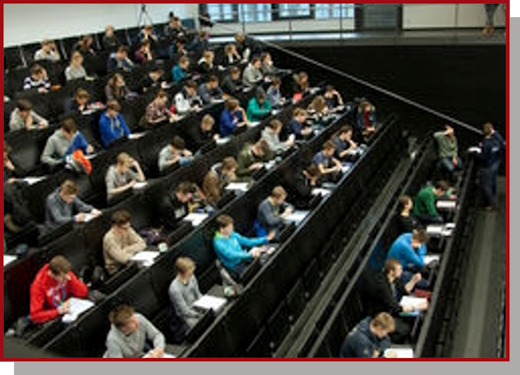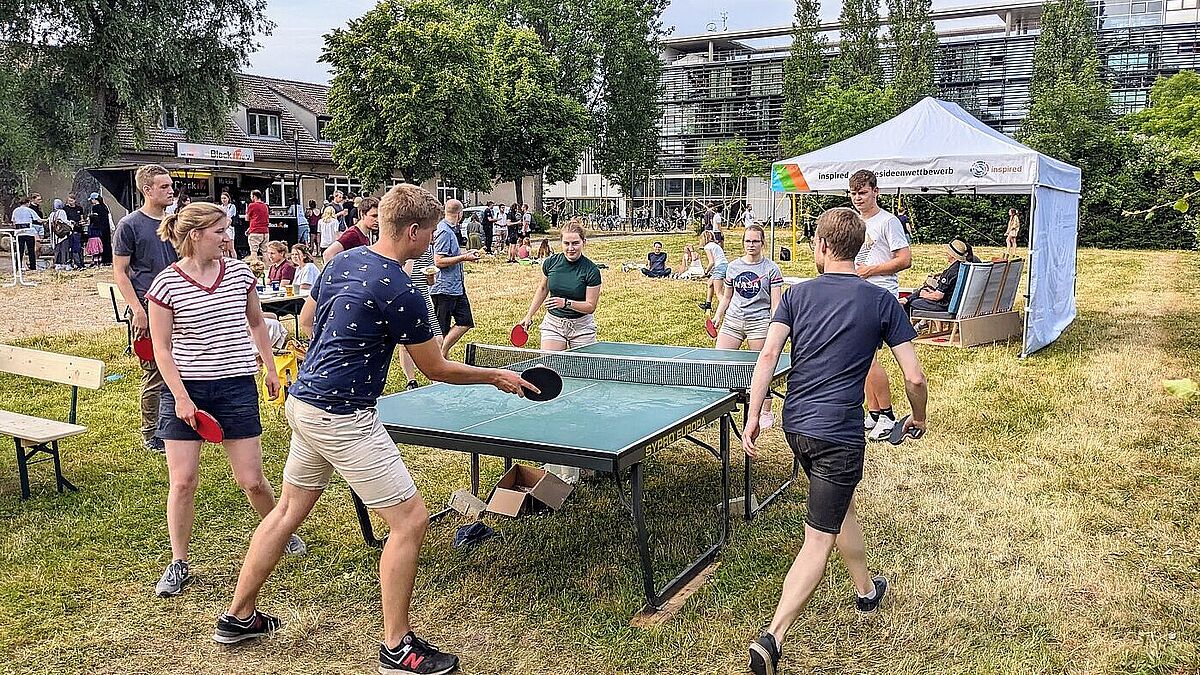Prof. Dr. Jonathan Finley
Walter Schottky Institut
TU München
gives a talk on the subject:
Optically probing correlated states in tunable 2D-heterostructures
Heterostructures formed by stacking transition metal dichalcogenide monolayers exhibit uniquely strong Coulomb interactions and valley-contrasting physics. Such structures sustain interacting many-body quantum states and multi-exciton complexes that can be probed using optical or electrical transport methods [1].
In this talk, we will begin by exploring equilibrium Bose-Fermi mixtures in a bilayer electron system implemented in a WS2-WSe2 moiré heterobilayer with strong Coulomb coupling to a nearby moiré free WSe2 monolayer [2]. By electrically injecting excess charges into the moiré lattice and / or proximal WSe2 monolayer we observe clear signatures of correlated insulating phases in the optical response of the system. Remarkably, correlated insulating phases are found to abruptly collapse upon hole doping the moiré system with signatures of excitonic dipolar insulating phases. We then continue to probe strongly correlated many particle excitonic complexes in charge tunable WSe2 monolayers [3]. These states form due to the interaction of photoexcited electron-hole pairs with electrons in multiple electrostatically induced Fermi seas, distinguishable by either spin or momentum.
When populating the Q-valley, we observe a new many-body complex involving electrons populating ten distinct conduction band valleys [4].
Finally, we will move on to the exploration of neutral exciton trapping in a one-dimensional (1D) potential, engineered by proximizing hBN-encapsulated monolayer MoSe2 to ferroelectric domain walls in periodically poled LiNbO3 [5]. Here, we exploit the nanometer scale in-plane electric field gradient at the domain wall to induce the dipolar exciton confinement via the Stark effect. Spatially resolved photoluminescence spectroscopy reveals the emergence of narrow emission lines redshifted from the MoSe2 neutral exciton by up to ∼100 meV, depending on the sample structure.
The spatial distribution, excitation energy response and polarization properties of the emission is consistent with signatures of 1D-confined excitons. The large electric field gradients accessible via proximal ferroelectric systems open new avenues for the creation of low-dimensional quantum-confined exciton gases in atomically thin materials.
[1] E. C. Regan et al. Nature Reviews Materials 7, 778 (2022)
[2] A. Ben Mhenni et al. arXiv 2410.07308, (2024)
[3] D. Van Tuan et al., Phys. Rev. Lett. 129, 076801, (2022)
[4] A. Dijkstra et al. arXiv 2505.08923, (2025)
[5] P. Soubelet el al. arXiv arXiv:2503.15628, (2025)
Interested parties are cordially invited.
Prof. Dr. Reinhard


